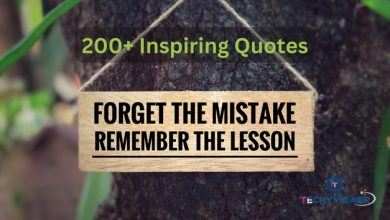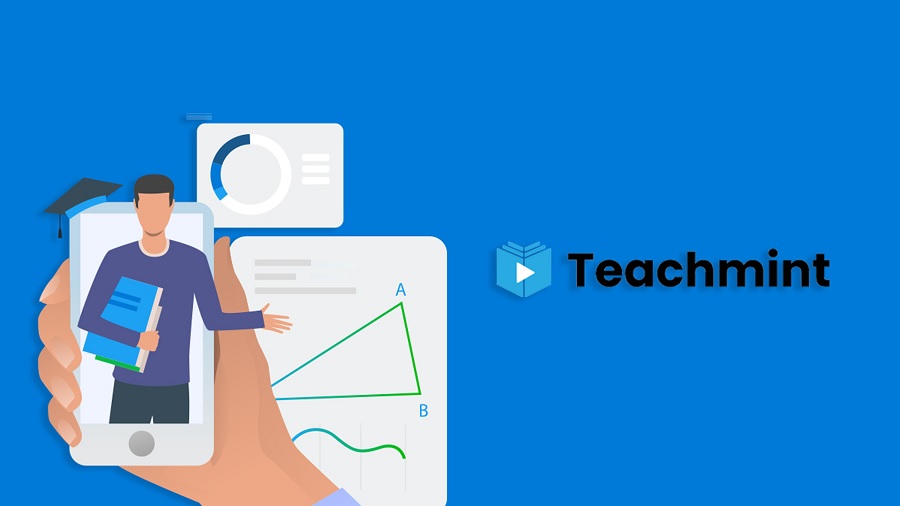How to Use Data Analytics Tools for Research & Assignments: A Beginner’s Guide
When you hear the phrase “data analytics,” it can sound a little heavy. Most people think it’s only for experts who spend hours coding or building complicated charts.
But the truth is, even beginners can use these coding tools, especially if they want to learn the art of coding and perhaps conduct research and draft assignments.
In all honesty, you don’t need to be a math genius. You just need to learn the basics, which you can easily learn online; there are plenty of tutorials on YouTube to learn the basics while you are listening to music at the same time and practicing bit by bit. There is no rush when it comes to learning, especially self learning.
How to Enter the World of Data Analytics?
Step 1: Find The Tools That Work Best for You
- Before getting into data analysis, it is aftmost important to choose a tool that actually works for you. It could be anything; you don’t want to start with something overly complex and get discouraged.
- Let’s look into some better options for the beginners, such as:
- Excel or Google Sheets: Great for organizing numbers, making tables, and creating simple graphs.
- Tableau: Best if you want your data to look nice and visual.
- PSS or R: These are advanced, often used for serious academic research, but you can try them later once you’re comfortable.
- Delegating Your GCSE: If you are busy with multiple plans of learning new things and have upcoming exams coming up, you can get the UK GCSE writing experts to help you out.
If you’re a beginner, it is best to stick with Excel or Google Sheets. First best thing is that they’re absolutely free and surprisingly easy to learn as compared to Microsoft Office.
Don’t Be Shy When It Comes to Doing Research
Next, you’ll need data. This could come from:
- Surveys you create yourself.
- A dataset your professor provides.
- You can also use public sources like government reports.
- Then there are online databases.
- Even research articles.
- You can even find online platforms where you can find a custom GCSE assignment solution.
Once you have the data, create an outline. You can start by removing duplicates of analytical data, correcting mistakes, and making sure everything is properly formatted the same way.
For example, check if minor mistakes don’t mix percentages with decimals because it will only confuse your results later or completely crash your entire data collection process.
Also Read: How AI is Transforming Data Extraction and Document Management
Step 2: Organize and Explore the Data
After you have organized your data, the next step is to analyze the collected data. You start small and calculate the averages, totals, and percentages. This is your chance to play around with the numbers a little. For a while, think of it as arranging a jigsaw puzzle accurately. Here is what you can do more with data collection:
- You can use Excel or Google Sheets.
- Use formulas to get quick answers.
- Build tables to organize information clearly.
- Create charts that show patterns at a glance.
Now you can take a step back and ask yourself: What does this data collection mean? For example, if you collect survey data and make it your study habit when it comes to data analysis, you might notice that most students who studied in groups are likely to score higher than their peers.
There is nothing wrong with this pattern; in fact, you can even find your own partner, if not in person, then from many online platforms designed to help students, such as getting services like BTEC assignment help.
Create Flash Cards for Each Data Niche
Creating flash cards or charts can really help you with data analysis. A simple bar chart or line graph can highlight the latest trends faster than words can explain.
Just remember, don’t overcomplicate it. Your goal is to achieve clarity, not complication. Make things easier, create less noise and distraction.
Step 3: Turn Data into Insights
Here’s where many students stop: They show a chart or flash cards, but forget to explain them. Data on its own doesn’t say much. It’s your job to connect the dots.
Here are some interesting instances that can save your grade:
- Instead of just writing, “72% of students preferred group study,” explain why that matters.
- The suggestion that collaboration might improve understanding and overall performance is effective for many students.
- In other words, you don’t just share numbers. You interpret them. That’s what professors look for in research papers and data collection.
Why Is Data Analysis Skill Worth Learning?
Now you might wonder, “Isn’t this just extra work for assignments?” Not really. It actually makes your work stronger and helps you stand out from the crowd.
Your professors appreciate it when students back up their arguments with real evidence. Plus, you’ll find it easier to write because the data gives you a clear direction.
- A few questions to guide your thinking:
- Do these results answer my research question?
- Are there any surprising or unusual findings?
- How does this connect to theories or ideas we’ve studied in class?
- Can I get help with the assignments for my various subjects from Affordable Assignments?
By asking these questions, you move from raw data to meaningful analysis. Understand that beyond your assignments, data analysis is a practical and valued life skill.
Many careers, from business and marketing to healthcare and education, use data collection and its analysis daily. If you can show on your resume that you know how to handle data, even at a basic level, it gives you an advantage. A real upper hand at job interviews.
And honestly, it helps in daily life too. We’re constantly surrounded by all sorts of information. Statistics in politics, online breaking news, and even trends on social media. Being able to figure it out critically and analyse means you’re less likely to fall for propaganda.
Also Read: Ai-Writer: Transforming Content Creation With Artificial Intelligence
Final Thoughts
Understand this: Learning to use data analytics apps doesn’t have to be complicated for anyone, especially students. Think of it as a process:
- Pick a simple tool or app.
- Collect and outline your data.
- Look for similar patterns in the data.
- Finally, explain what the data means.
At first, it may feel slow. But with practice, it becomes second nature. You’ll start noticing how much easier it is to explain your points in assignments when you have solid data backing you up.
In the end, it’s about telling a story with data collection. And once you learn how to do that, you’ll see why so many people call data “the new language of knowledge.”
Frequently Asked Questions
Q: What is data analytics, and why is it important for academic research?
A: Data analytics is the process of extracting meaningful insights and patterns from raw data using various tools and techniques. It’s important for academic research as it enables researchers to make data-driven decisions, identify trends and patterns, and communicate findings effectively.
Q: Which data analysis tools should I use for academic research?
A: Popular tools for data analysis in academia include Excel, SPSS, Tableau, and Python.
Q: How can I learn to use data analytics tools for my assignments?
A: To learn to use data analytics tools, consider taking online courses, tutorials, or enrolling in relevant classes at your institution. Practice using the tools with real datasets, start with simple tasks, and gradually build your skills.
Q: What are some common challenges of using data analytics tools for academic research?
A: Common challenges include data cleaning, working with large datasets, understanding statistical concepts, selecting the right tools, and interpreting results correctly.
Q: How can I effectively communicate my findings from data analytics in my assignments?
A: To communicate your findings effectively, use charts, graphs, and tables to visualize the data. Write a clear and concise narrative that explains your analysis, focusing on the key insights. Make sure to cite sources and avoid over-interpreting the data.
Q: How can I ensure that my data is accurate and reliable for academic research?
A: To ensure data accuracy and reliability, start with high-quality data sources, check for errors and outliers, and use multiple sources to validate your findings.



